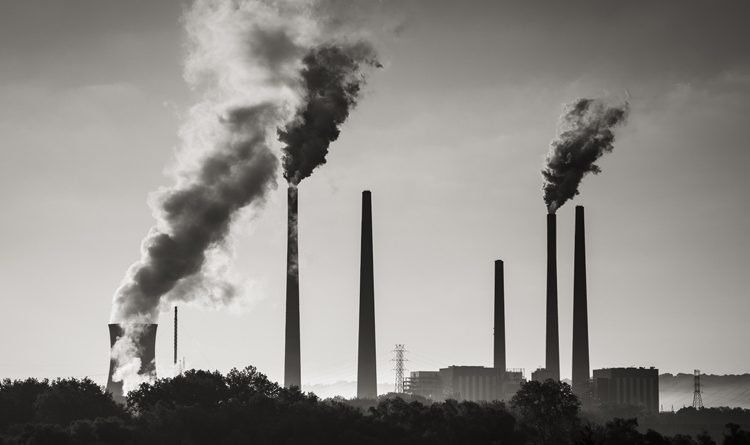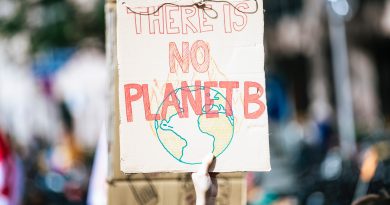Mass Migrations are on the Horizon if Politicians Keep Ignoring Climate Change
Katherine Dorrer
Staff Writer
Conflicts and instability have been driving forces for migration across the world for decades, but now global leaders must worry about climate change before it is too late. Forced migration is often exhibited in areas of conflict where refugees and asylum-seekers hope to flee persecution, yet The International Red Cross estimates that there are currently more environmental refugees than political refugees. Although the term ‘environmental refugee’ is not protected by any international law nor is the term codified in any national or international law, the United Nations High Commissioner for Refugees portrays environmental refugees as “persons displaced in the context of disasters and climate change.” For decades, people have been displaced from their native lands because of natural disasters and environmental changes, however as global warming progresses, these interest groups are still not being protected as sea levels rise, CO2 emissions increase, and environmental degradation continues.
Labeling this group as climate and environmental refugees creates a sense of urgency. This sense of urgency has been emphasized for years, as exemplified in the 1990 Intergovernmental Panel on Climate Change (IPCC), where world leaders stated that global warming may affect human migration the most. The 1951 Geneva Convention defines a refugee as someone who has crossed an international boundary “owing to well-founded fear of being persecuted for reasons of race, nationality, membership of a particular social group or political opinion.” No part of that statement includes refugees who are fleeing their nation because of environmental disasters caused by the effects of climate change.
The closest leaders have come to codifying the term ‘environmental refugee’ was in 2007, when the International Organization of Refugees (IOM) created a loose term for environmental migrants; “Environmental migrants are persons or groups of persons who, predominantly for reasons of sudden or progressive change in the environment that adversely affects their lives or living conditions, are obliged to leave their habitual homes, or choose to do so, either temporarily or permanently, and who move either within their country or abroad” . With scientific findings confirming that global temperatures are skyrocketing, there is still a widespread lack of recognition of climate change, which only exacerbates the number of displaced migrants.
Time is running out and there will not be an opportunity to go back. This humanitarian crisis will become uncontrollable unless politicians accept the fact that environmental refugees are as stateless as all other refugees. Norman Myers of Oxford estimates that there will be 250 million environmental refugees by 2050. Politicians and world leaders are turning their backs on these victims. The Internal Displacement Monitoring Centre calculated in 2019 that weather related disasters displaced approximately 24.9 million people. Climate-related displacements occur three times more than conflict displacement, at 8.5 million, throughout 2019. Within that statistic, 19.1 million of those displaced lived in Asia and the Pacific.
Bangladesh is both one of the most densely populated countries and is one of the most highly vulnerable to environmental disasters. As rising sea levels continue, millions of Bangladeshis will be displaced in the low-level river deltas. This was highlighted, according to the IDMC, by the 2020 monsoon that led to catastrophic flooding. Roughly 1.9 million people were displaced, and the IMDC estimates that by 2050, 35 million Bangladeshis will become climate migrants . This is a climate crisis. Bangladesh is just one of many countries facing mass migration patterns that link directly to global warming.
The United States does not offer temporary safeguard to climate displaced refugees. The government has a moral obligation to extend this protection for refugees to account for all in need. The Biden Administration must incorporate environmental refugees into the current asylum agenda and system. Greenhouse gases will continue to be emitted into the atmosphere, sea levels will rise higher and wipe out towns, and air pollution will eventually suffocate healthy lungs if politicians continue to turn their heads. In order to mitigate mass migration, governmental administrations need to step up and create an aggressive, long-term solution to combat global warming, and protect millions of climate refugees.



Beautifully written
amazing commentary!